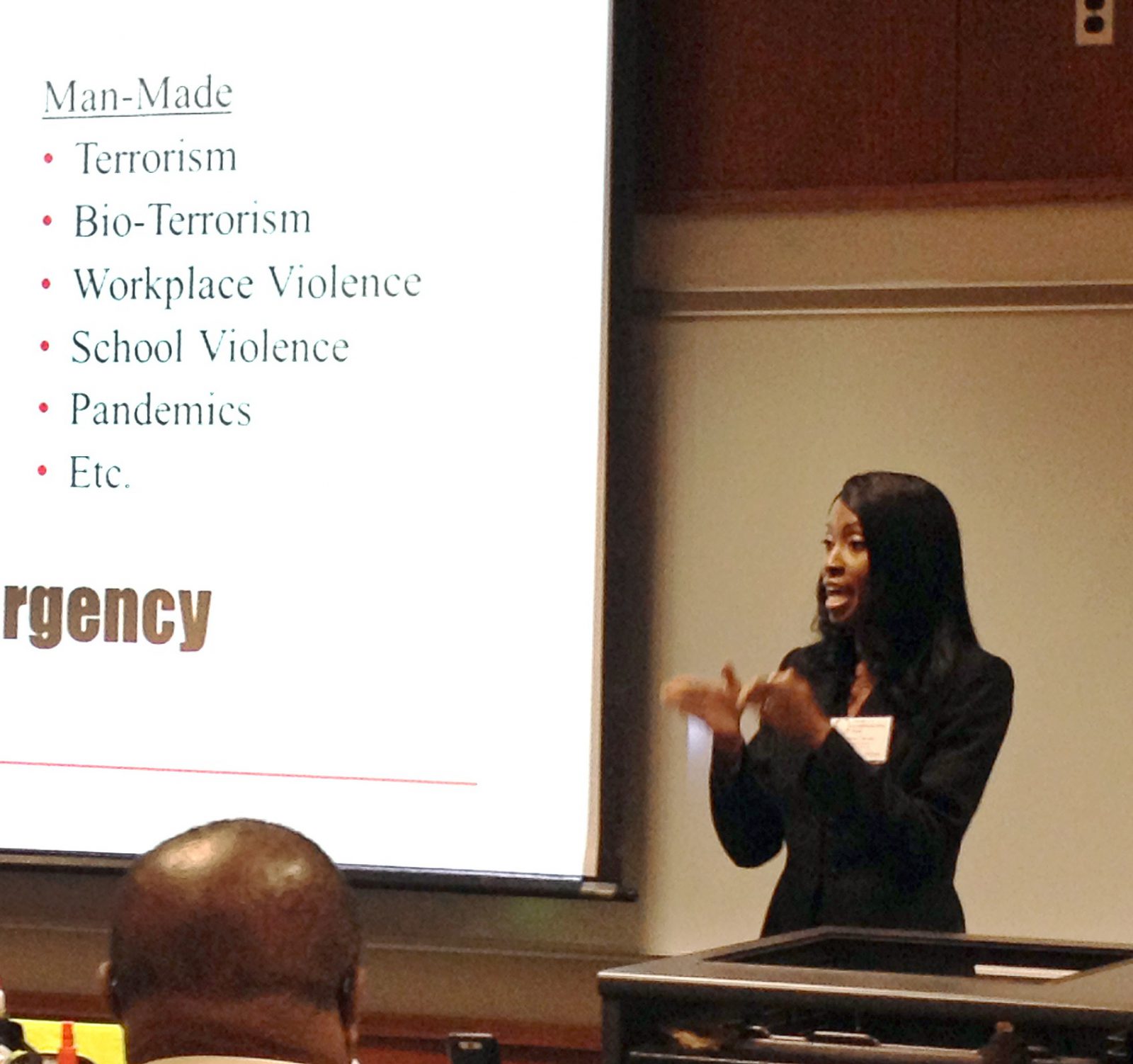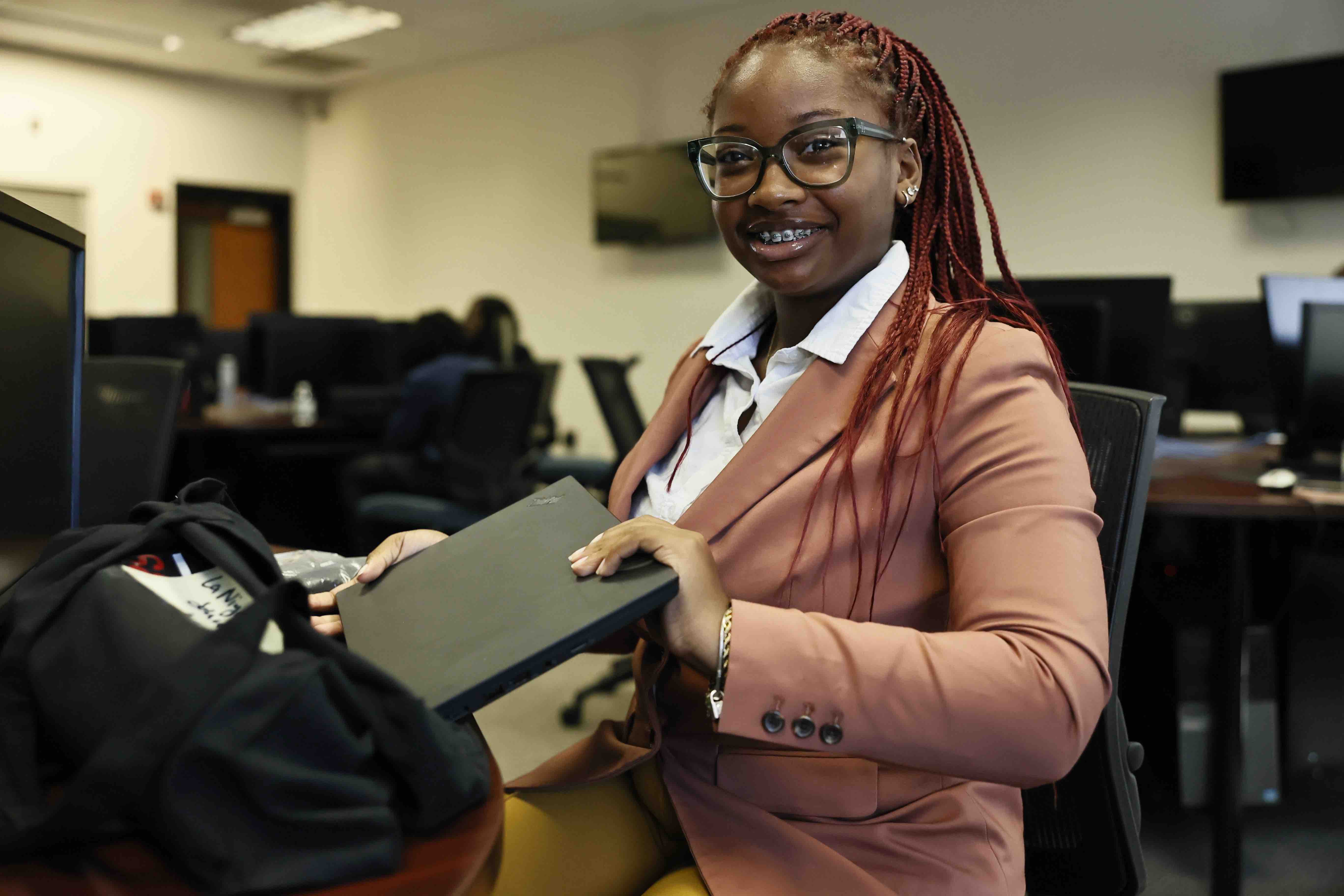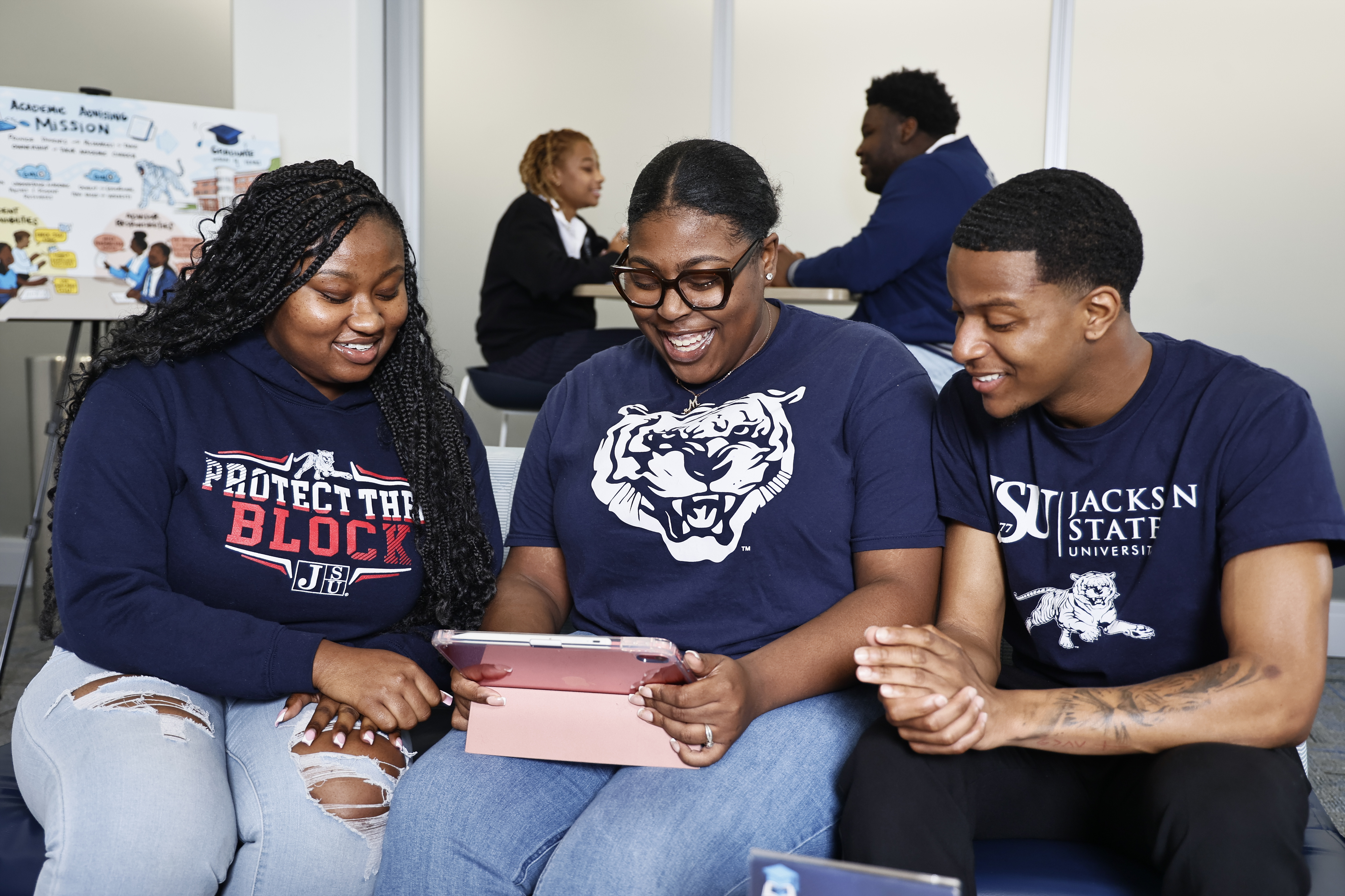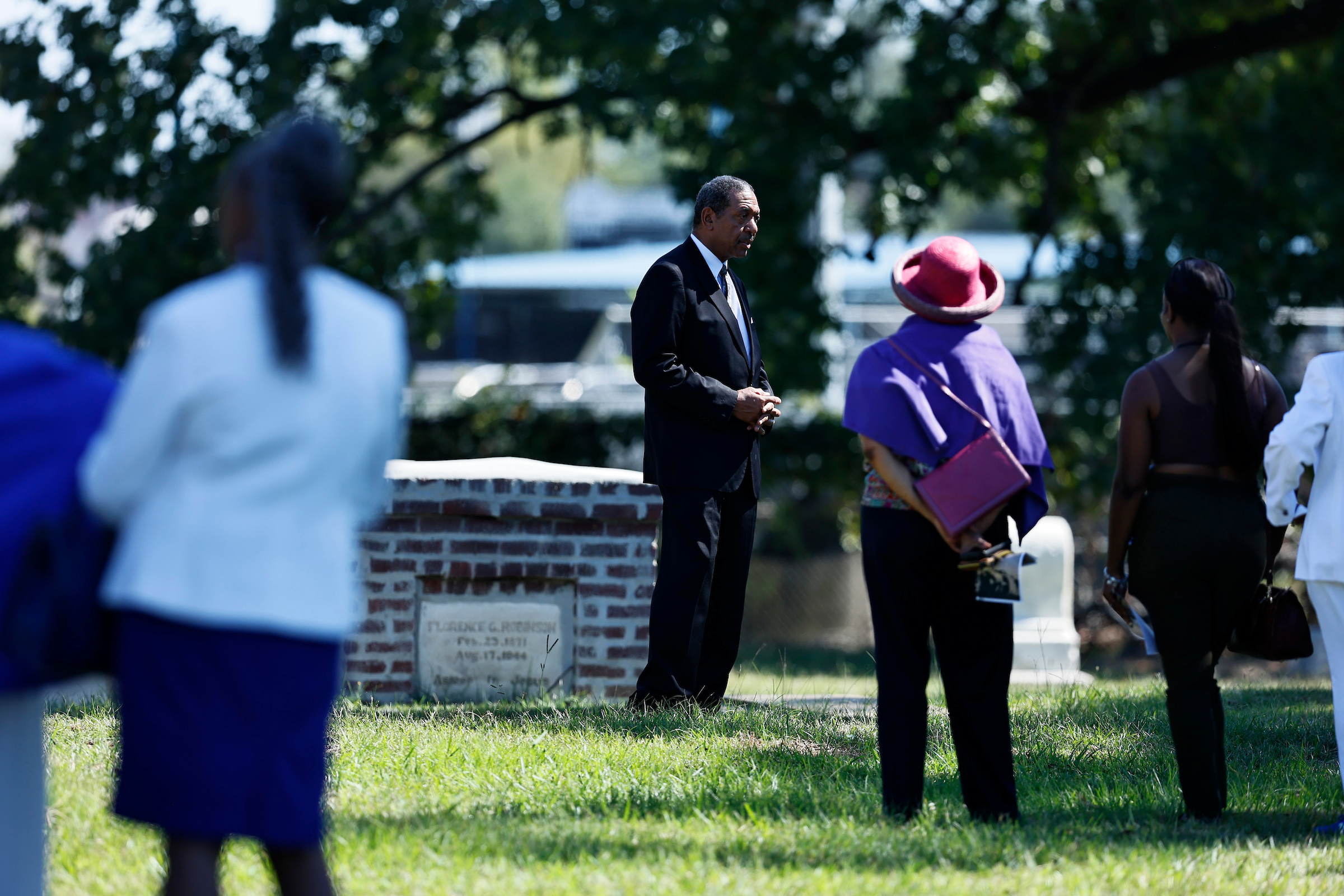Most businesses are not ready for an emergency, such as fire, flood, or other natural or manmade disaster, says Dr. Jessica L. Murphy, associate professor in the Jackson State University Department of Technology.
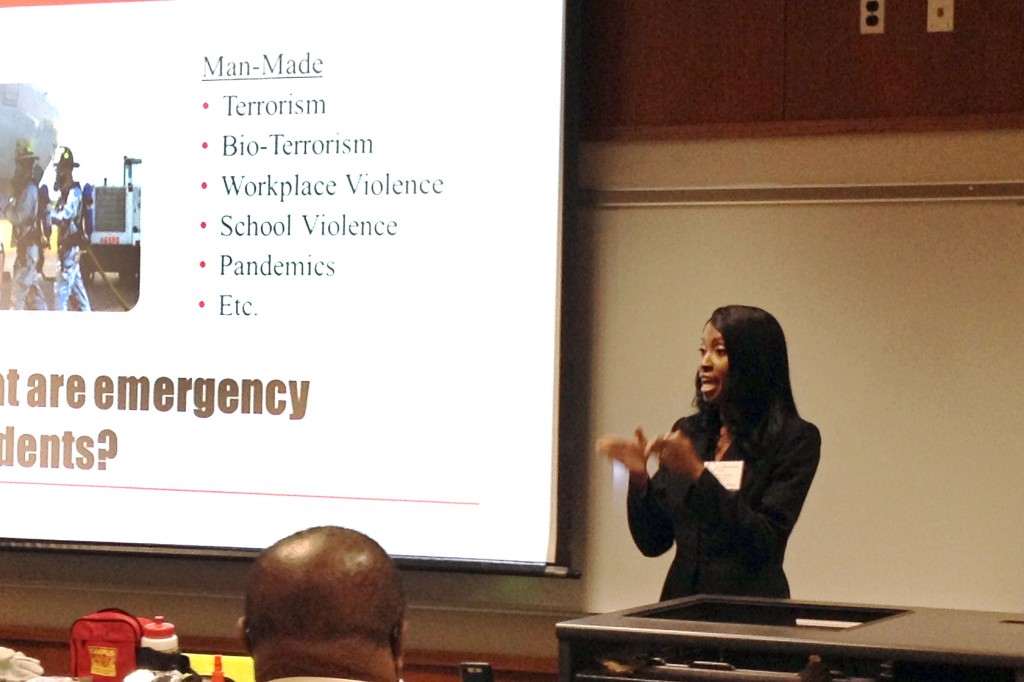
Some 62 percent of U.S. businesses do not have some type of emergency plan, Murphy told her workshop “B-R.E.A.D.I.: Business Readiness Emergency And Disaster-prep Implementation” at the university’s Global Entrepreneurship Week Conference.
“Businesses should implement a preparedness program,” she said, because up to 40 percent of businesses that are struck by a manmade or natural disaster never reopen. “And I think that number given current conditions is growing.”
Natural disasters can range from relatively rare Hurricane Katrina-like events, to more common wind, hail, fire, or flood damage, to more rare but significant events like workplace shootings or disease outbreaks, like an Ebola epidemic.
If you don’t prepare a plan and be prepared to continue your business if a disaster strikes, she says, your competition might. Then, even if a fire, flood, wind, disease or shooting incident occurs to shut down your business, you won’t be victimized twice: once by the event and again by failing to plan for an emergency.
Key elements of a plan include: planning, implementation, testing and exercises, and program implementation, said Murphy, who trains emergency managers as part of the university’s emergency management curriculum.
Part of the planning process should include how the event itself affects you, your workers and your families. Often, when people are struck by a tragedy, their families suffer ill effects, both physical and psychological.
Every plan should include protection for self, employees, and customers, including customers with disabilities. The plan should protect the facility, facility assets, electronic information, business operations, and protect the environment from contamination (which is part of the organization’s brand, image and reputation that also must be protected in an emergency or disaster).
In this Internet age, a number of apps can help in an emergency plan, she said, such as First Aid (on Google and iPhone); FEMA app; and (in Mississippi) MSREADY app.
The apps range from step-by-step first aid instructions, to current weather conditions, to evacuation routes during hurricanes (Jackson State University has its own emergency alert Internet system; see the P.A.W.S. area of the JSU website at https://www.jsums.edu).
Murphy gave her talk Nov. 18 during the second day of the conference titled “Unleashing the Entrepreneur Within.”



